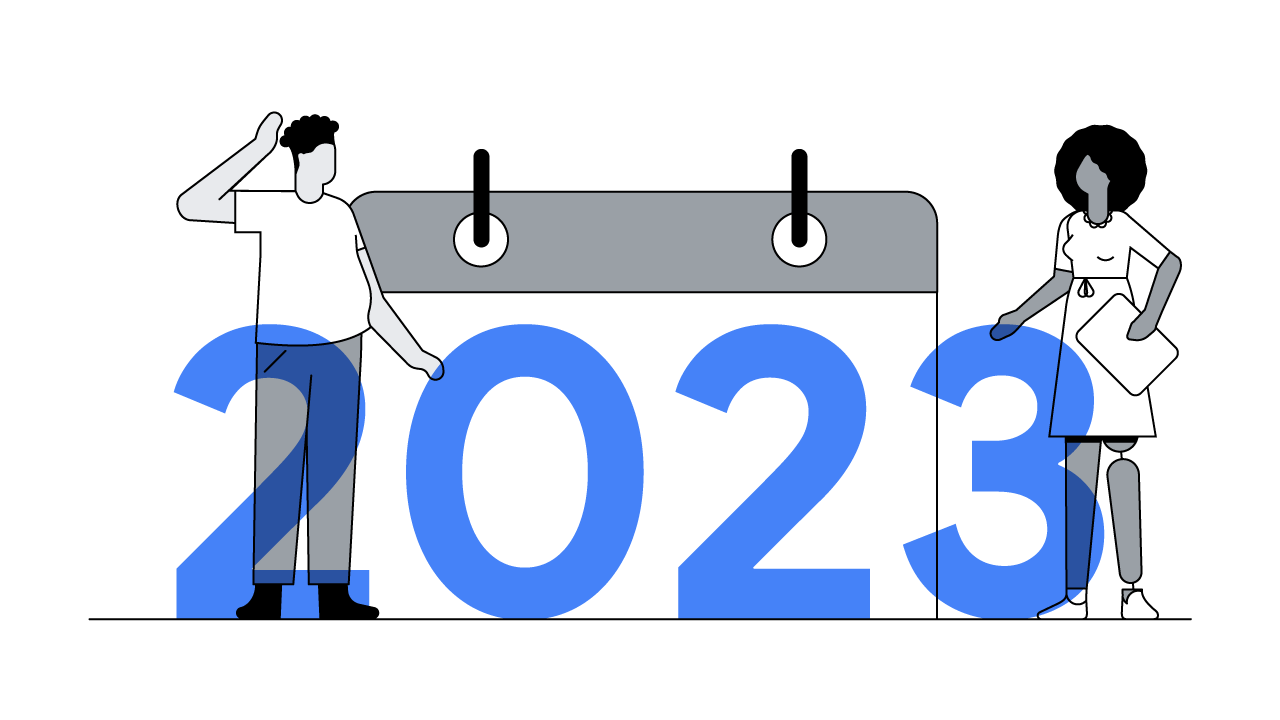As new research points to online video experiences as the future of entertainment, brands and agencies are playing catch-up in adapting media plans to where people are watching.
Viewing behaviours have shifted fundamentally towards digital, according to research conducted by The Future Laboratory revealed at AdWeek Europe 2016, and audiences are beginning to treat the on and offline space as a single, communal, virtual living room.
Now ‘personal is the new premium’ as platforms like YouTube allow viewers to watch what they want, when they want, where they want, bringing together the idea of mass-moments communicated to micro-communities and all at scale.
Examples of this include how-to videos which has become a new mass viewing behaviour. Videos on how to create hairstyles alone have amassed 7bn views and according to Future Laboratory, increasingly viewers will expect to be story shapers. They will want to have a choice of narrative and ultimately, influence its outcome.
Content such as this will become hyper-personalised in every way and as a result, marketers will need to adapt to fast-changing viewing habits, especially among millennials. Media plans need to adapt and catch up.
TV’s role in the future of entertainment is shifting. Whilst TV is still a successful way to deliver mass reach, media plans need to adapt to where people are engaged and choosing to watch. The media mix is not fully optimised, which means that platforms like YouTube are frequently being under-valued by marketers. As Google EMEA President Matt Brittin said on stage at AdWeek Europe, 2016: “This is an ‘and’ game, not an ‘or’ game but audiences are watching more video than ever before and any screen will do.”
Dentsu Aegis Network’s CEO Americas and EMEA, Nigel Morris, added that pitting TV against online video is the wrong argument: “It’s about fluid behaviour across all media. Sight, sound and motion coming together has always been the most powerful entertainment form. Really understanding the physical context where people are makes it even more powerful.”
“But even more than that,” he continued, “it’s actionable. People are consuming more and more content. It’s just that the industry structure around it is not designed for consumer behaviour that is so fluid.”
Indeed, in 56 independent studies across Europe reviewing return on investment (ROI) from different marketing channels showed that in eight out of 10 studies, YouTube delivered a higher ROI than TV. According to Data2Decisions, Dentsu Aegis Network’s research arm, optimised media budgets should see an increase in YouTube investment of between two and six times.
Brittin acknowledged that the media mix contained multiple potential combinations of traditional broadcast, digital channels and a range of devices but concluded: “If online viewing of YouTube is growing 40-50% year on year, you’re definitely wrong if you’re just doing this year what you did last.”






